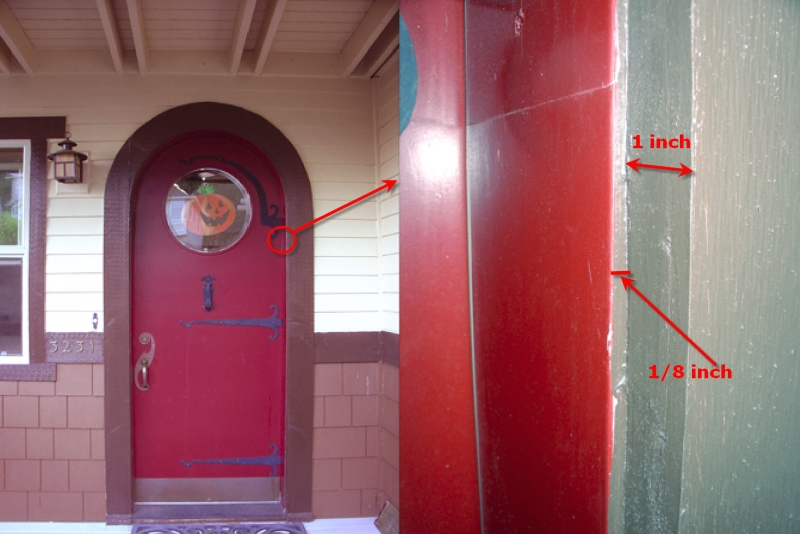Question
We have a high static charge in our wood as it is exiting the planer. This charge is influencing the reading of our new moisture meter. We have tried several methods to remove the charge - ionizers, metal brushes - but nothing seems to work well. Has anyone run into a problem like this before? Most static eliminators are designed for films/sheets; the thickness of the wood and its superb insulating properties are making it difficult to remove at the speeds we are running and in the short distance we have to remove it. The charge seems to be coming from the cutting head and the friction from the belt. We can eliminate and/or reduce the charge from the belt but it is not enough. How can we stop the wood from gaining charge to begin with? The problem is less when the moisture content of the wood is higher and the day is humid and we run slower and we change species - but none of those options we really want to or are able to change. The hardwood is 3/4" thick and running at 400 fpm.
Forum Responses
I'm guessing the cutter head is insulated from ground. Is there a way to lay a braided cable over the shaft so that it will ground the static buildup? You would need to replace it on a regular basis but it should eliminate the buildup. There doesn't need to be a lot of pressure on the shaft from the cable.
A couple months ago, I put a post up that points out that you can blow up Wagners with static by sliding them around on dry wood.
Gene Wengert, forum technical advisor
We did try metal brushes that are actually drum brushes that worked well for removing small amounts of static. They have metal that runs from the brush through the handle with a loop on the top. Just attack a grounding wire and voila - an inexpensive and effective way to remove small amounts of static from the surface. Unfortunately, in about 4 inches, the static contained in the core of the wood rose back up. We have heard they have worked well in other applications. Two brushes at your local music shop are about $15.00.
Comment from contributor A:
Electrostatic buildup in wood is caused by triboelectric charging of two dissimilar materials. Most likely the charging has occured in the widebelt sanding processes. We have had the problem in our shop and found Static Eliminator Bars to work very effectively. Raising humidity in the building is not always the key and will usually cause more expansion/shrinkage problems.
In terms of wood "insulating" properties this is not necessarily so. It is best to think of wood as a dielectric and in this way the wood should be able to be discharged. The rate at which you discharge the wood can depend on the type of deionizer you purchased.
Your planer should not be the cause of your static buildup. To pinpoint the source you can rent an electrostatic field meter and measure the charge on the wood and trace its path throughout your facility. Then you will see exactly where the charge has buildup.
